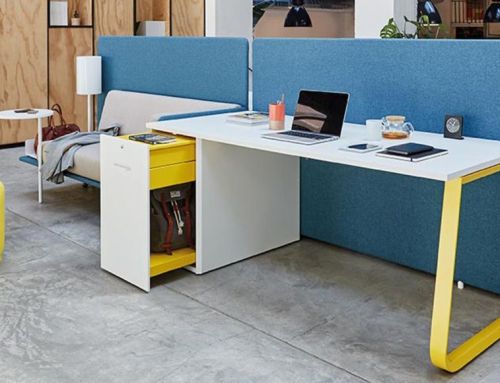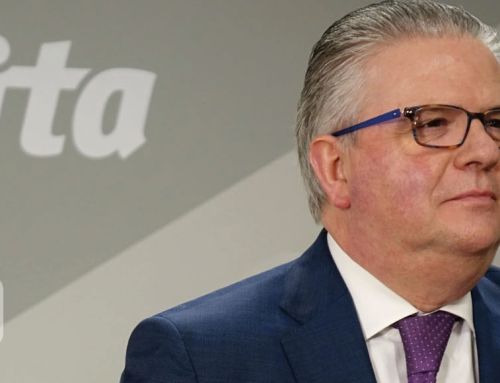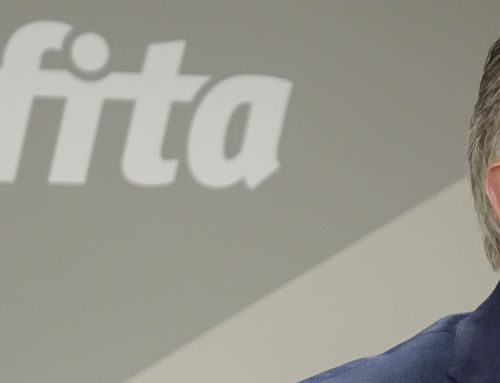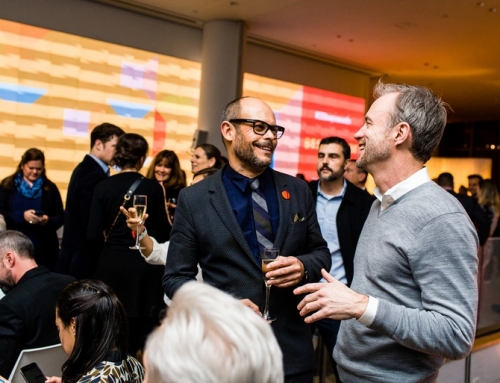Carlos Pueyo, Cushman & Wakefield: “We understand offices always bearing in mind people; this is the hallmark of our projects”
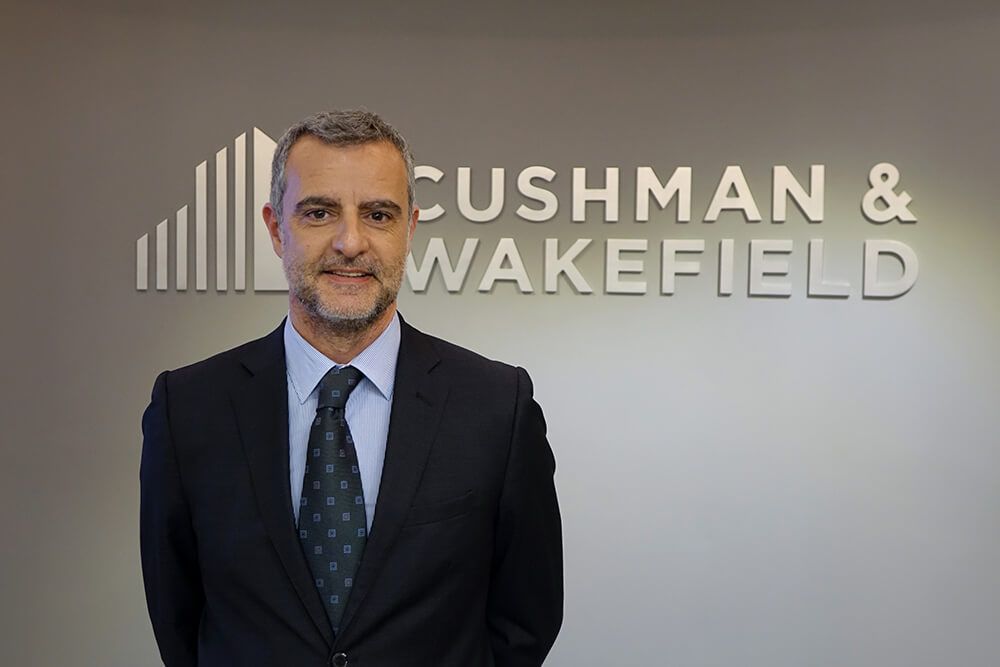
With over 45,000 employees in more than 70 countries, Cushman & Wakefield is one of the major real estate companies with a turnover of 6 billion dollars in agency, management, capital markets, facilities services (C&W Services), global occupier services, investment management (DTZ Investors), tenant representation, and valuations & advisory services. “We provide counselling to our clients to transform the way in which people work, buy and live”. In Spain Cushman & Wakefield counts over 28 years of experience and a multidisciplinary team of more than 215 professionals.
We talk with Carlos Pueyo, Managing Director of Project & Development Services in Cushman & Wakefield, about some of his latest projects, the evolution of offices design and the revival of the sector.
♦ In what projects is Cushman & Wakefield currently working?
We have two major projects. In Madrid, we are about to finish one for Huawei, the 23,000 square meters of its new headquarters and in Barcelona we have just been awarded the Shibsted, project which consists of 11,000 square meters in a building still under construction. We also work for Ernst & Young, Boston Consulting Group, etc., clients for which we work fondly.
♦ Do you believe Cushman & Wakefield has a hallmark, a DNA that leaves a deep impression when designing an office and which is easily identified?
Beyond the passion of the team and the eagerness of each of its members, I do believe that we understand offices always bearing in mind people. In the 21st century we cannot design an office without taking into consideration those who will use it and all issues related: sustainability, wellbeing, etc. aspects that we take into account when approaching a project.
♦ Based on your experience, how has the design of offices evolved in the last five or ten years?
Indeed it has been responding to the needs of current companies with its globalization and technological disruption. Moreover, it bears in mind aspects such as generational change and demography: in 2015, 75% of the labour force will be composed of millennials. In order to attract these people, the best talent, in order to make the most of this competitive advantage, it is necessary to align the business strategy, the behaviour of this new talent and the space. We cannot forget the requirements of these people in what refers to space, that ideal for them. We know that these millennials count among their values that of sustainability and demand wellbeing in the employment environment, aspects which also interest different generations which coexist in today’s offices.
It is utterly proven that when people feel comfortable in the space where they work, they feel committed, work better and are more productive.
In fact, says Carlos Pueyo,Cushman & Wakefield, currently during the project we are in constant communication with the Human Resources department and the Management of the Company. “Our company regularly releases, in collaboration with another entity, a magazine, which is the result of our conversations with the CEO of companies worldwide, where we evidence that the main concern of the top management nowadays is talent.
If in the last century business requirements went hand in hand with the space, the major difference is that today people have greater importance. Therefore, in our relations with companies’ top management, the Human Resources department is already involved and is a driving force for change”.
♦ Are offices knowing how to accompany companies through their transformation processes or are those processes the ones forcing the change of work spaces?
In my opinion, offices are tools of this transformation process. If the company is not willing to change, if it is not considered that the company is another useful tool to develop this process and be competitive, it will not succeed in the same way. Relying on an appropriate office is a necessary condition to achieve such transformation but it is not enough. If the company does not take the appropriate cultural leap for the employees to learn the new working methods, if collaboration and synergies are not promoted, etc. the company will finally fail to achieve this transformation. It shall end up having very good offices but they will not fit with its culture. Ultimately it will happen as Peter Drucker said: culture will eat strategy for breakfast.
♦ What are the most disruptive changes taking place in office premises?
The main disruption nowadays is technology, especially mobility, which has broken the company-work station binomial. If nowadays it is possible to work from anywhere, it is evident that the office will have to transform, as the main element is not the table anymore. If previously 85% of the office were work stations, the reality is that as little as 35% of the current work is done individually. This is why new offices have more open spaces which invite to collaboration between employees, concentration, which allow making private phone calls, having one to one interviews, holding meetings, etc.
Obviously these are tailor-made solutions as what is useful for one company is not necessarily useful for another. Thus all the analysis we make, especially regarding a workplace is essential; it is necessary to understand the specific needs of each organization in a way that strategy and corporate culture meet each other.
♦ How do you develop this analysis with your customers, how do you help companies in this sense?
Mainly following a very structured process which goes through the workplace and transaction management phase which are crucial to know how workplaces shall be designed according to the corporate needs, also regarding culture. Finally, we proceed to the design phase and the management of all works for its implementation.
♦ Do you believe that your sector is beginning to reactivate? And if so, do you believe that this is because companies positively value the relation of the design of their offices with a corporate strategy?
Yes, after several years of crisis, we are seeing a reactivation. More companies are getting ready to grow also in spaces and this is good news. And yes, people already appear at the top of the strategic mind of decision makers, of people which make strategic decisions in companies. Therefore, as we have already explained, a company who wishes to progress cannot do so without bearing in mind people. Offices are tools which ease employees’ engagement, ultimately, to be more committed with the business, more aligned with the organization. New offices which bear in mind the new way in which people work ease the alignment with corporate values because offices are also an example of corporate values. For us, offices are also an example of our vision of the company, the track to follow. And we help any company to walk this path considering the limits of our field- the real estate services- which include both the research of offices and the transformation of spaces.
